Almost all buildings are designed by adults except for a few dog houses or sand castles made by creative brainstorming of children. The major concern of an adult while designing our spaces are its usability, economics, and sustainability which of course are important but has not much to do with children’s experience of space. For them, it’s more about what space “says”, or what mood it reflects their imaginations which can transform backyards into jungles and mountains – living their fantasies through exploration of spaces.
A designer’s job thus becomes really important because our spaces have a major impact on children’s development. One needs to consider that adults experience space differently than children. An adult might connect one feeling to a room but for a child, the same room can have different places with varied moods. Also, with a lower angle of view, one’s spatial definition changes, what’s small for an adult becomes huge for a child.
Exploring nature and the environment is the key to a child’s growth and thus there is a requirement for spaces that enhances their experience of texture, odor, touch, movement, volume, and form around them.
Such observations of how children progress from birth to adulthood can shape physical environments – buildings and outdoor spaces – to support their developmental needs at each stage. Approaching design by listening to developmental needs and unfolding situations treats children as human beings on a journey through life. By growing places out of the meeting of children’s needs, place, and specific circumstances, we can create places of soul harmony that support children’s unfolding development and nourish and inspire them at every stage.
FIG 1,2 & 3 courtesy environment and children’s book by Christopher day





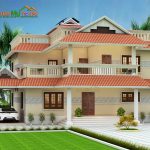
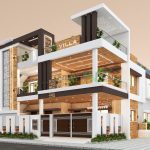
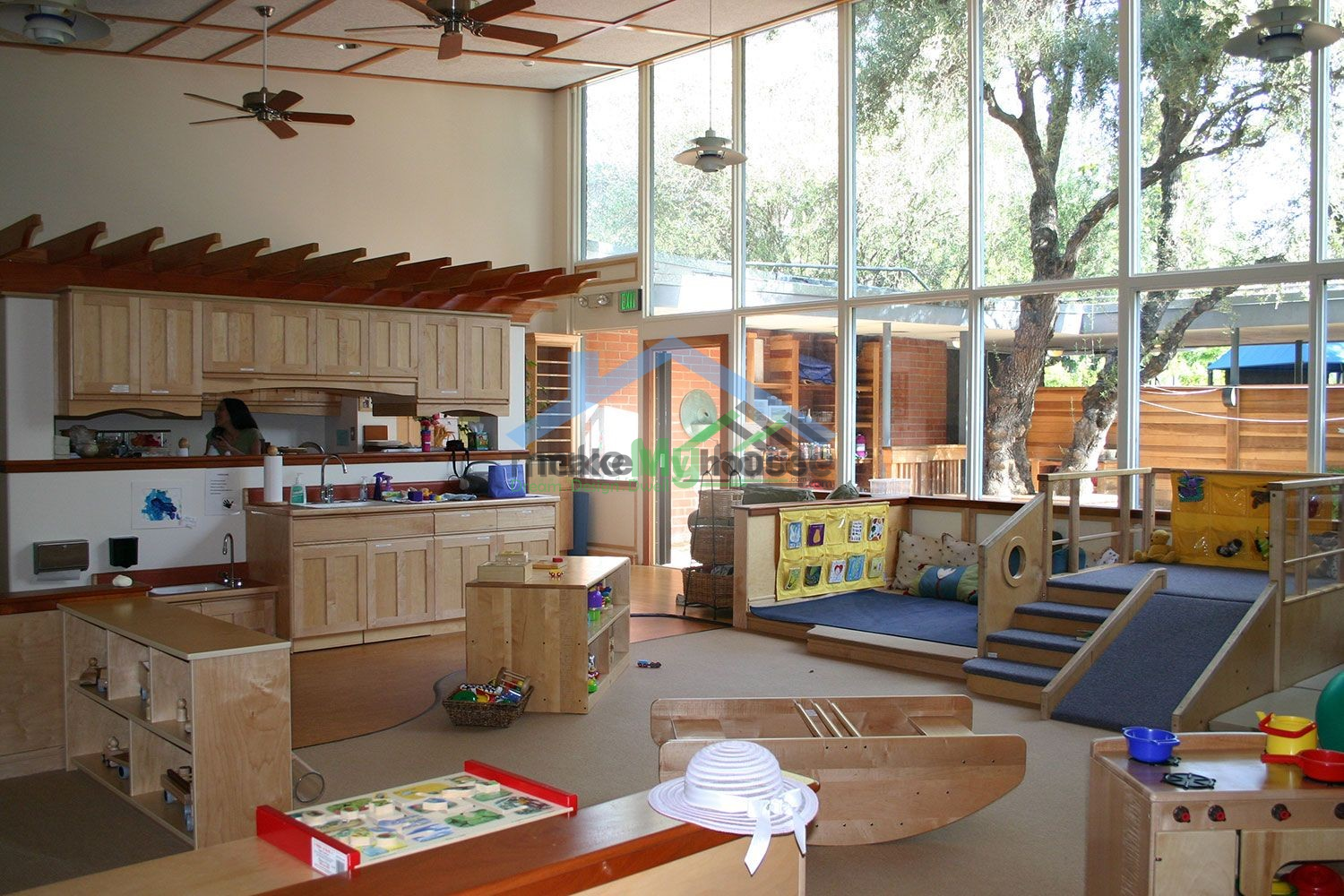
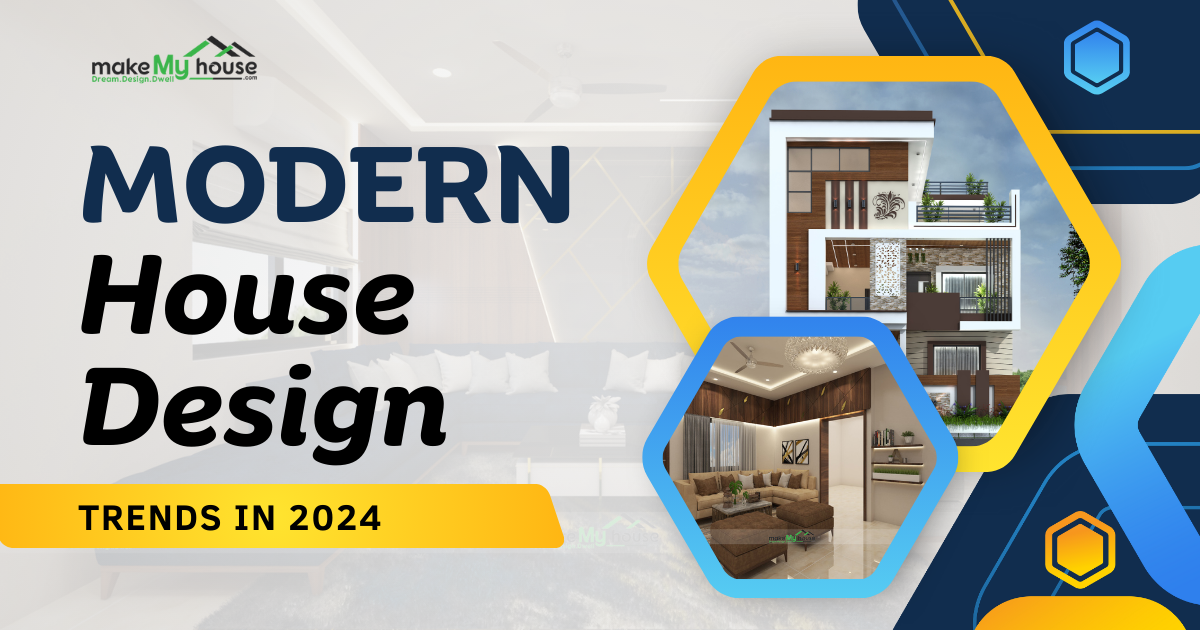
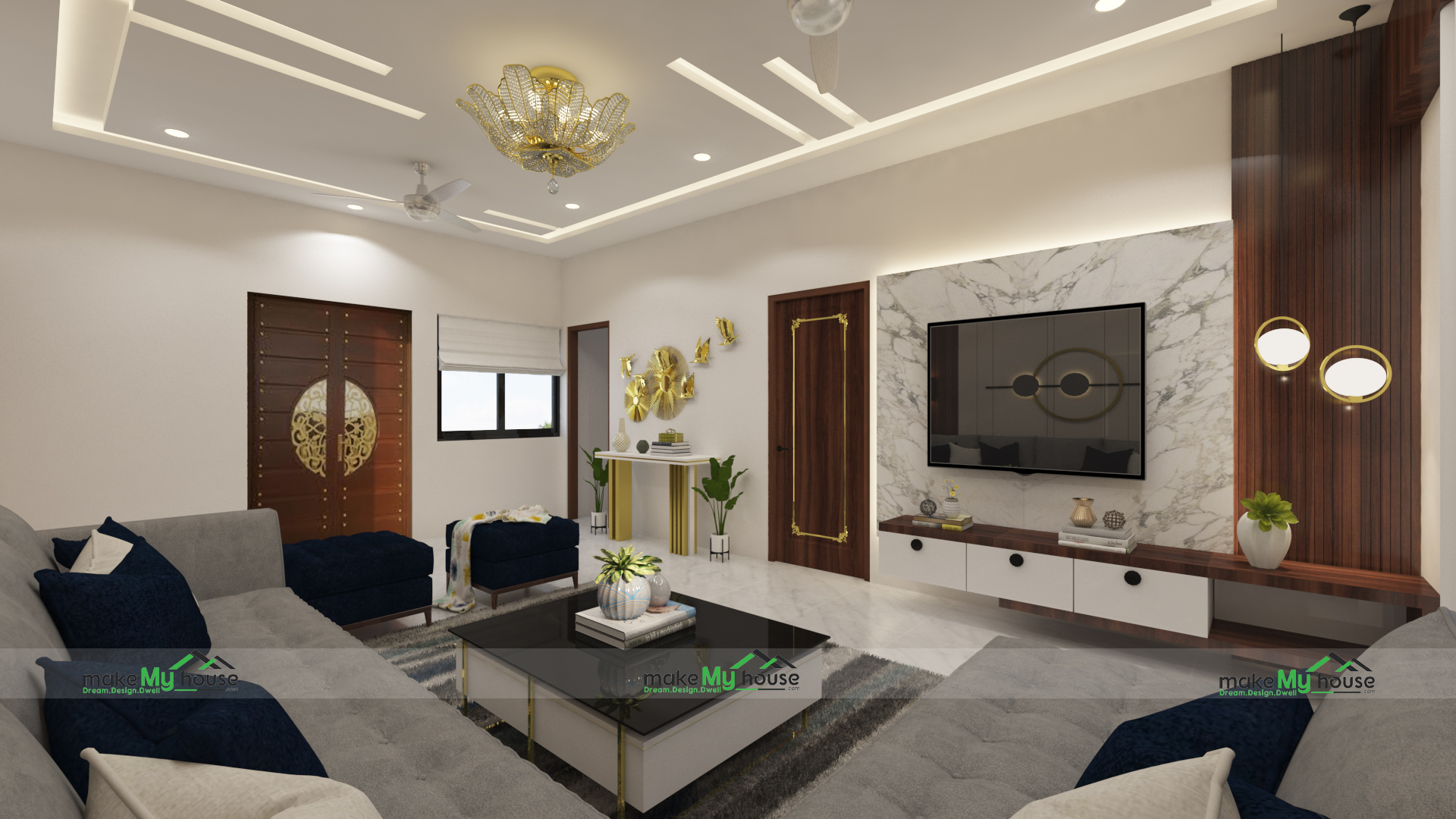
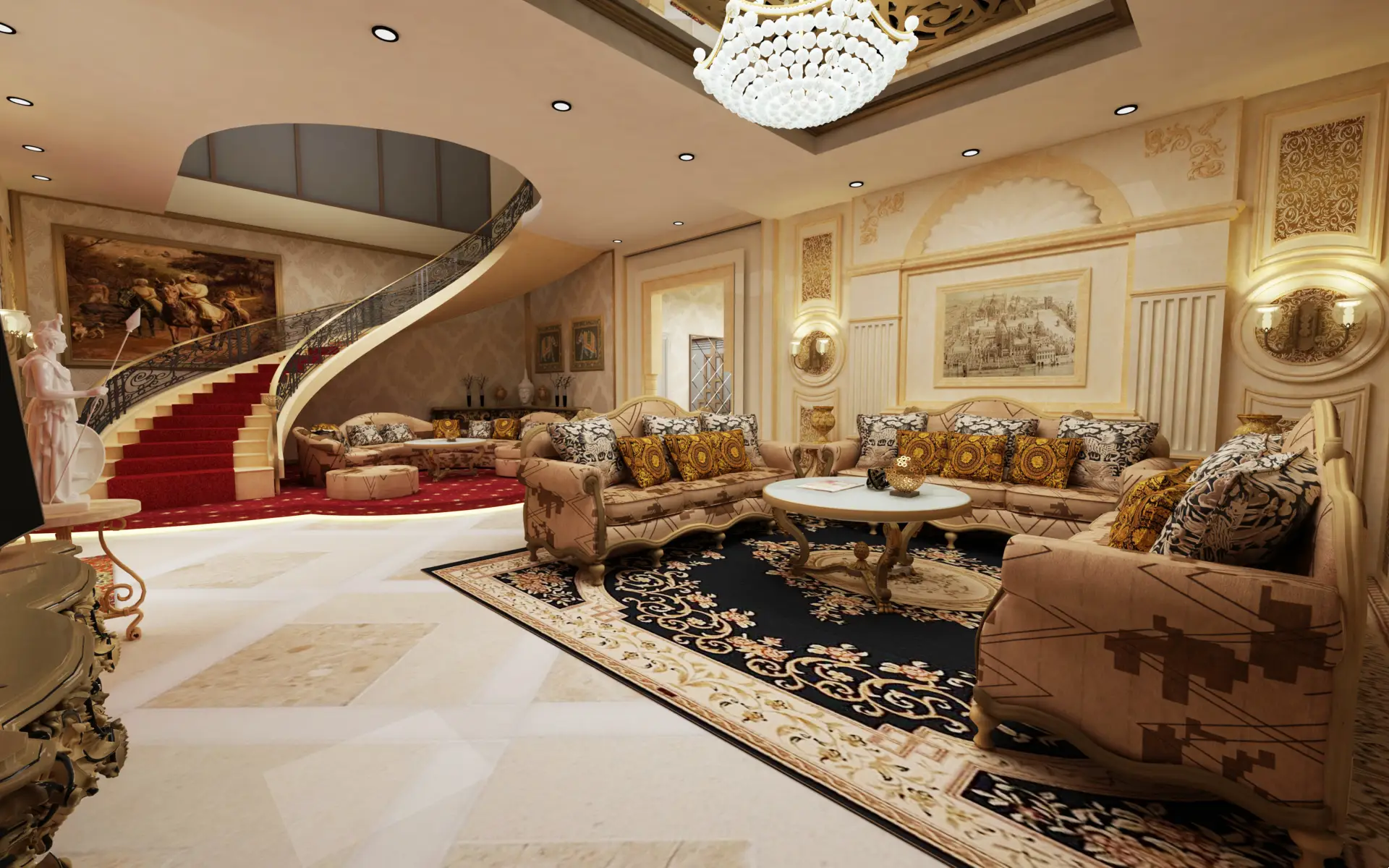
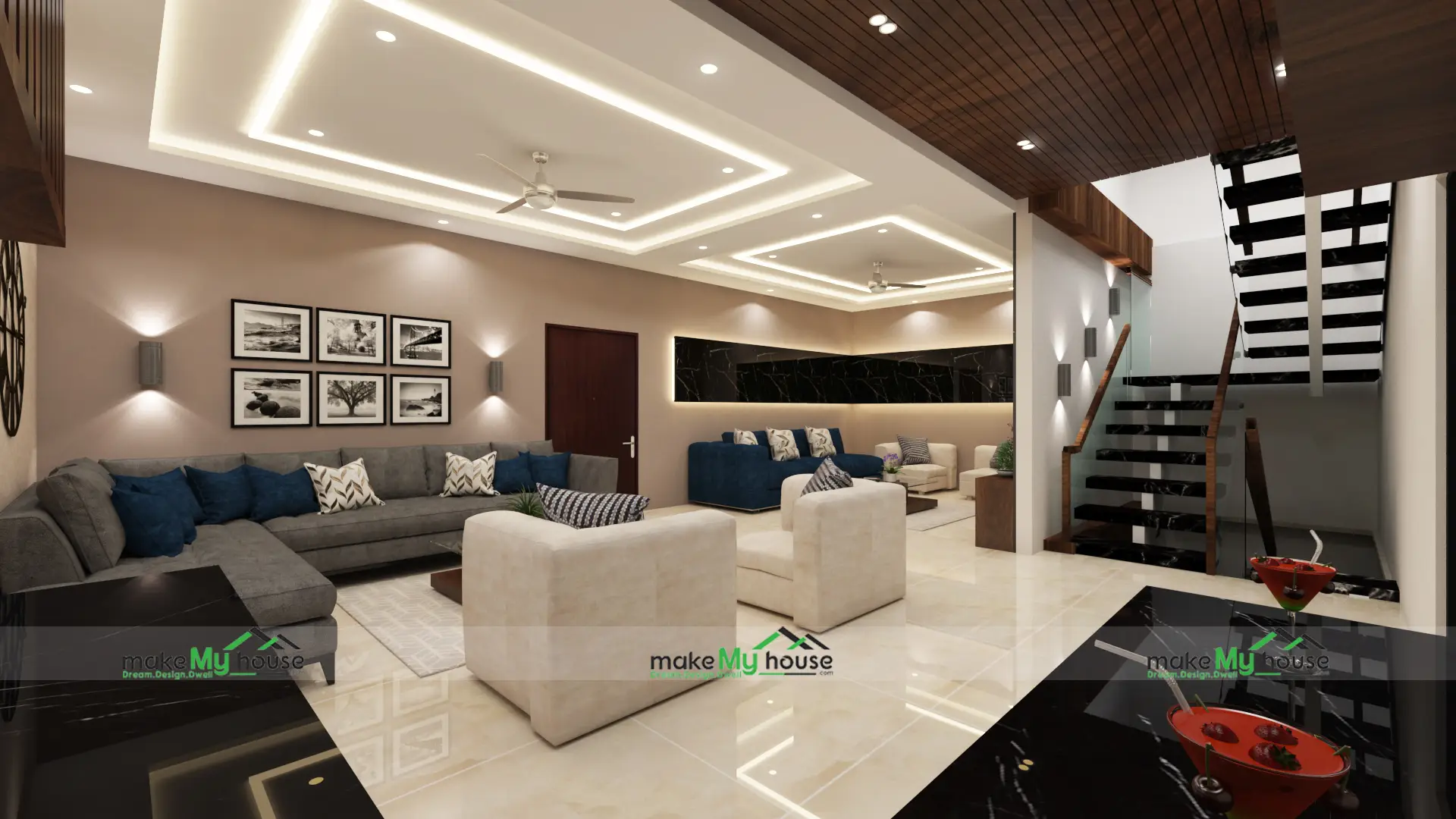
One thought on “Creating Children’s Spaces in Every Corner of Your Home”